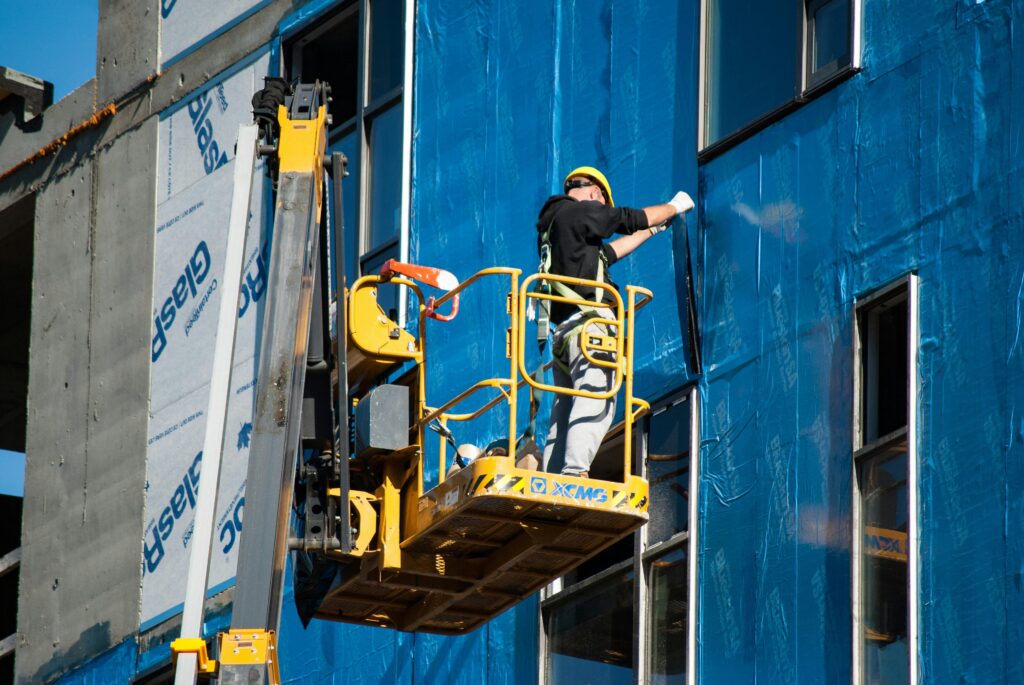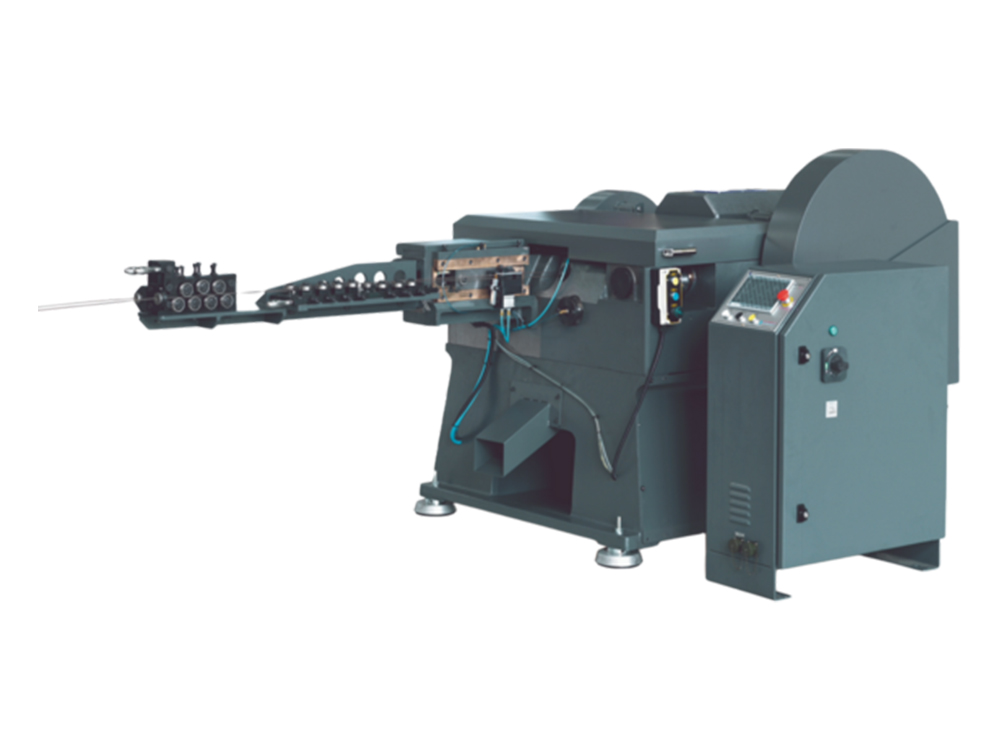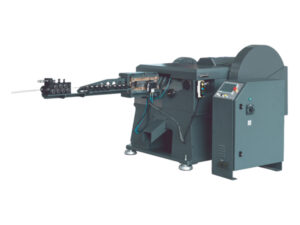Table of Contents
- Introduction to Sustainable Insulation
- Benefits of Sustainable Insulation
- Types of Eco-friendly Insulation Materials
- Cellulose Insulation
- Sheep’s Wool Insulation
- Cotton (Denim) Insulation
- Installation Tips for Homeowners
- Professional Installation
- DIY Installation
- Cost Savings and Energy Efficiency
- Environmental Impact
- Conclusion
Introduction to Sustainable Insulation
Sustainable insulation has become crucial in modern home building and renovation projects. Unlike traditional insulation methods, sustainable insulation offers energy efficiency while utilizing eco-friendly materials. These solutions promote sustainability on multiple fronts by incorporating materials with lower environmental impacts during their production and disposal stages.
It is important to have a good grasp of the various sustainable insulation options and their advantages when considering home renovation choices. As environmental concerns become more prevalent, increasing numbers of homeowners are looking for ways to decrease their carbon footprints while still ensuring their homes are comfortable and energy efficient. By choosing eco-friendly options, homeowners can enjoy enhanced living environments and significantly lower energy bills over time, contributing to long-term savings.
Benefits of Sustainable Insulation
One of the main advantages of sustainable insulation is improved energy efficiency. Adequate insulation keeps indoor temperatures stable, decreasing the necessity for excessive heating and cooling. This lowers energy consumption and results in significant savings on utility bills. Homeowners can expect a noticeable difference in their monthly energy costs, adding to substantial savings over the years. Companies like NetZero Insulation are leading the way in providing green solutions that keep homes comfortable and contribute to a healthier planet.
Many sustainable insulation materials also improve indoor air quality by reducing harmful chemicals. Traditional insulation materials frequently include volatile organic compounds (VOCs) that may be released into living areas, possibly leading to health problems. In contrast, eco-friendly insulation options are typically free of these harmful substances. This creates a healthier living space, especially for individuals with allergies or respiratory issues. Sustainable insulation also contributes to soundproofing, making homes quieter and more peaceful. Many eco-friendly materials’ dense, fibrous nature helps absorb sound, reducing noise pollution from outside and between rooms.
Types of Eco-friendly Insulation Materials
Several eco-friendly insulation materials are available, each with unique properties and applications. Homeowners can choose the optimal option for their specific requirements by comprehending the advantages and features of each.
Cellulose Insulation
Cellulose insulation, which comes from recycled paper materials, is a sustainable and sensible option. It is known for its excellent thermal performance and soundproofing abilities. Cellulose insulation is coated with harmless fire retardants, guaranteeing both safety and energy efficiency. Its ability to fill gaps and cover irregular surfaces allows for a comprehensive insulating barrier, crucial in reducing air leaks and improving overall energy efficiency.
Cellulose insulation is highly beneficial due to its high recycled content, which typically exceeds 80%. This doesn’t just redirect waste away from landfills but also lessens the environmental effects of creating new materials. Furthermore, cellulose insulation’s ability to absorb and release moisture without losing its insulating properties helps prevent mold growth and maintain indoor air quality.
Sheep’s Wool Insulation
Sheep’s wool insulation is a natural material with outstanding insulation properties. It is inherently fire-resistant and regulates moisture, preventing mold growth. The organic nature of sheep’s wool makes it a sustainable option that enhances indoor air quality. Wool fibers can absorb and release moisture without compromising their insulating ability, making this material particularly effective in climates with high humidity.
In addition to its thermal performance, sheep’s wool insulation offers excellent acoustic properties, reducing noise transfer between rooms and from external sources. Its natural resilience and durability mean it can maintain its effectiveness over a long period, making it a cost-effective option in the long run. Sheep’s wool is also biodegradable, minimizing its environmental impact at the end of its life cycle.
Cotton (Denim) Insulation
Cotton insulation, often crafted from recycled denim, is another eco-friendly choice. This material is safe to handle without protective gear and provides effective thermal insulation. Cotton insulation is also treated with boric acid, adding an extra layer of fire resistance and pest control. Using recycled cotton in insulation helps reduce waste and promotes recycling materials that would otherwise end up in landfills.
Cotton insulation’s soft and flexible nature makes it easy to install in various spaces, including attics, walls, and crawl spaces. Its excellent sound absorption properties make it popular for noise reduction applications. By choosing recycled cotton insulation, homeowners contribute to a more sustainable environment while benefiting from the material’s high performance and safety features.
Installation Tips for Homeowners
Homeowners looking to install sustainable insulation have two primary options: professional installation or DIY. Each method has its advantages and considerations that should be weighed carefully.
Professional Installation
Opting for professional installation ensures that the insulation is applied correctly and efficiently. Professionals have the expertise to identify each home’s best materials and techniques, guaranteeing optimal coverage and performance. This option, while more expensive upfront, can result in better energy savings and a longer lifespan for the insulation. Professional installers also have access to specialized equipment and knowledge, which can make the process faster and more reliable.
By hiring professionals, homeowners can rest assured that the insulation will be installed to meet local building codes and standards. This can be particularly important in regions with stringent energy efficiency requirements. Additionally, professional installers often provide warranties for their work, offering peace of mind and protection against future issues.
DIY Installation
DIY installation can be a cost-effective alternative for those with a knack for home improvement. Following safety guidelines and using the proper tools is crucial when installing insulation. DIY insulation projects typically require measuring and cutting materials to fit, sealing gaps, and ensuring even distribution. While the DIY approach can save money on labor costs, it requires a significant time investment and attention to detail.
Homeowners should also consider their level of experience and comfort with home improvement projects before deciding on DIY installation. For those confident in their abilities, numerous online resources and tutorials can guide the process. However, professional installation may be better for complex or large-scale projects to ensure safety and efficiency.
Cost Savings and Energy Efficiency
Sustainable insulation can lead to substantial cost savings over time. Homeowners can lower their utility bills significantly by reducing the need for heating and cooling. According to Energy.gov, proper insulation can save up to 15% on heating and cooling costs. This translates to hundreds of dollars in savings per year, depending on the size and energy consumption of the home.
Investing in high-quality insulation also increases a home’s overall energy efficiency. An energy-efficient home reduces the strain on HVAC systems, leading to fewer repairs and a longer lifespan for these critical components. The initial investment in sustainable insulation pays off through ongoing savings and improved home value. Additionally, energy-efficient homes often qualify for various rebates and incentives, further enhancing the financial benefits of sustainable insulation.
Environmental Impact
Choosing sustainable insulation materials significantly reduces a home’s environmental footprint. Eco-friendly insulation often uses recycled or renewable resources, reducing waste and resource depletion. Additionally, improved energy efficiency reduces greenhouse gas emissions, contributing to a healthier planet. By reducing the demand for fossil fuels, sustainable insulation helps mitigate climate change and promote cleaner air.
The materials used in sustainable insulation, such as those covered by EcoWatch, are selected based on their minimal environmental impact. These materials are biodegradable or recyclable at the end of their life cycle, further enhancing their sustainability credentials. By opting for eco-friendly insulation, homeowners support a market shift towards greener building practices, encouraging the development and adoption of more sustainable products and technologies.
Conclusion
Sustainable insulation is wise for homeowners looking to enhance their energy efficiency and minimize their environmental impact. With various eco-friendly materials available, there is an option to suit every need and preference. By embracing sustainable insulation, homeowners can enjoy a more comfortable, healthier, and cost-effective living environment.
Investing in sustainable insulation benefits individual households and contributes to broader environmental goals. As more people adopt eco-friendly practices, the collective impact can lead to significant positive ecological changes. Therefore, choosing sustainable insulation is a step towards a more sustainable future.

















